La Trinité Sur Mer: All destinations, advice & information for your holidays!
In the west, the Breton community of La Trinité-sur-Mer borders the town of Carnac with its famous megalithic sites. Located between the Quiberon Peninsula and the Gulf of Morbihan, La Trinité-sur-Mer is known for its beautiful beaches. From the Kerisper Bridge, there is a stunning view over the marina.
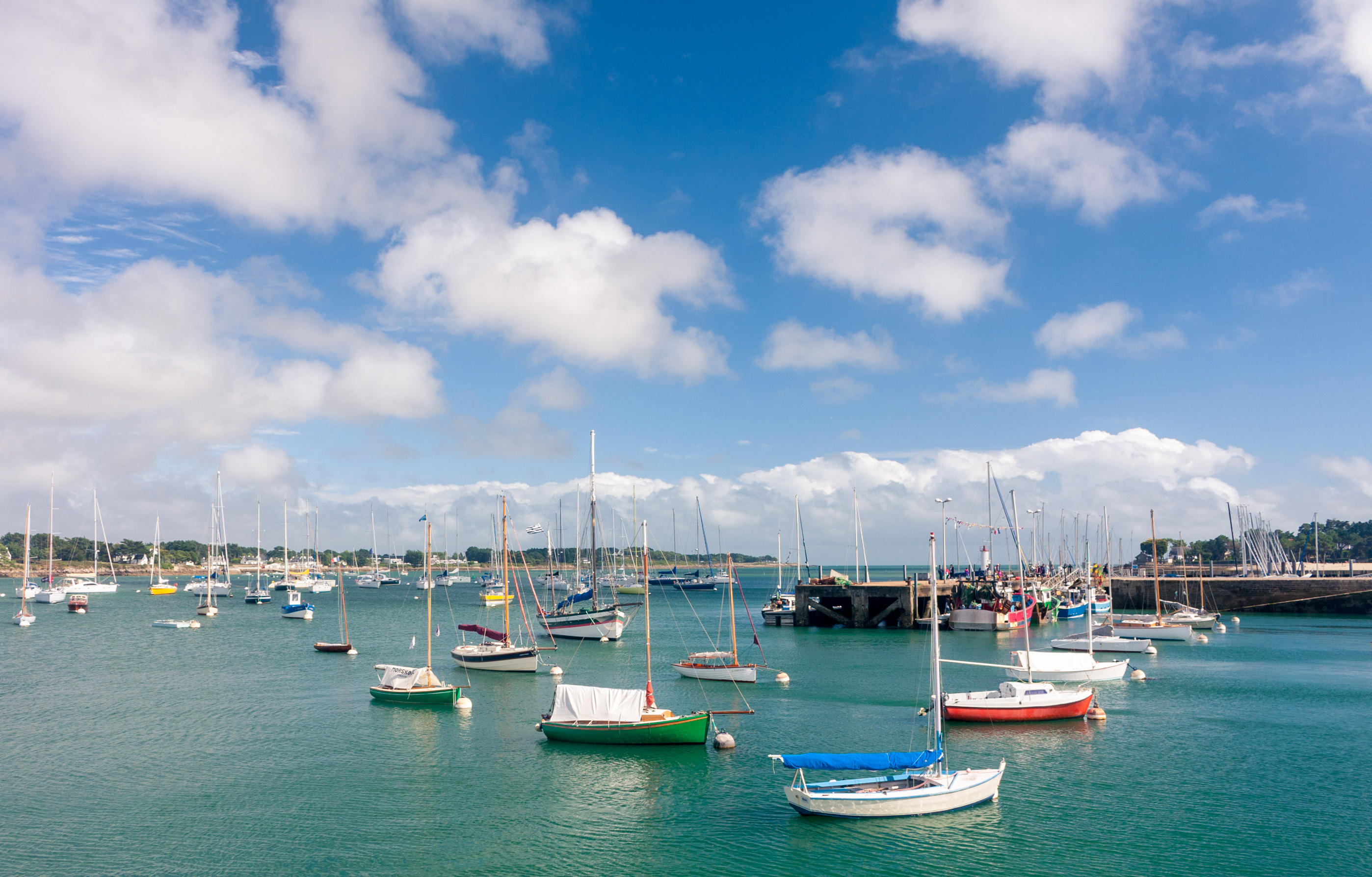
Table of contents
La Trinité Sur Mer - Must-see attractions
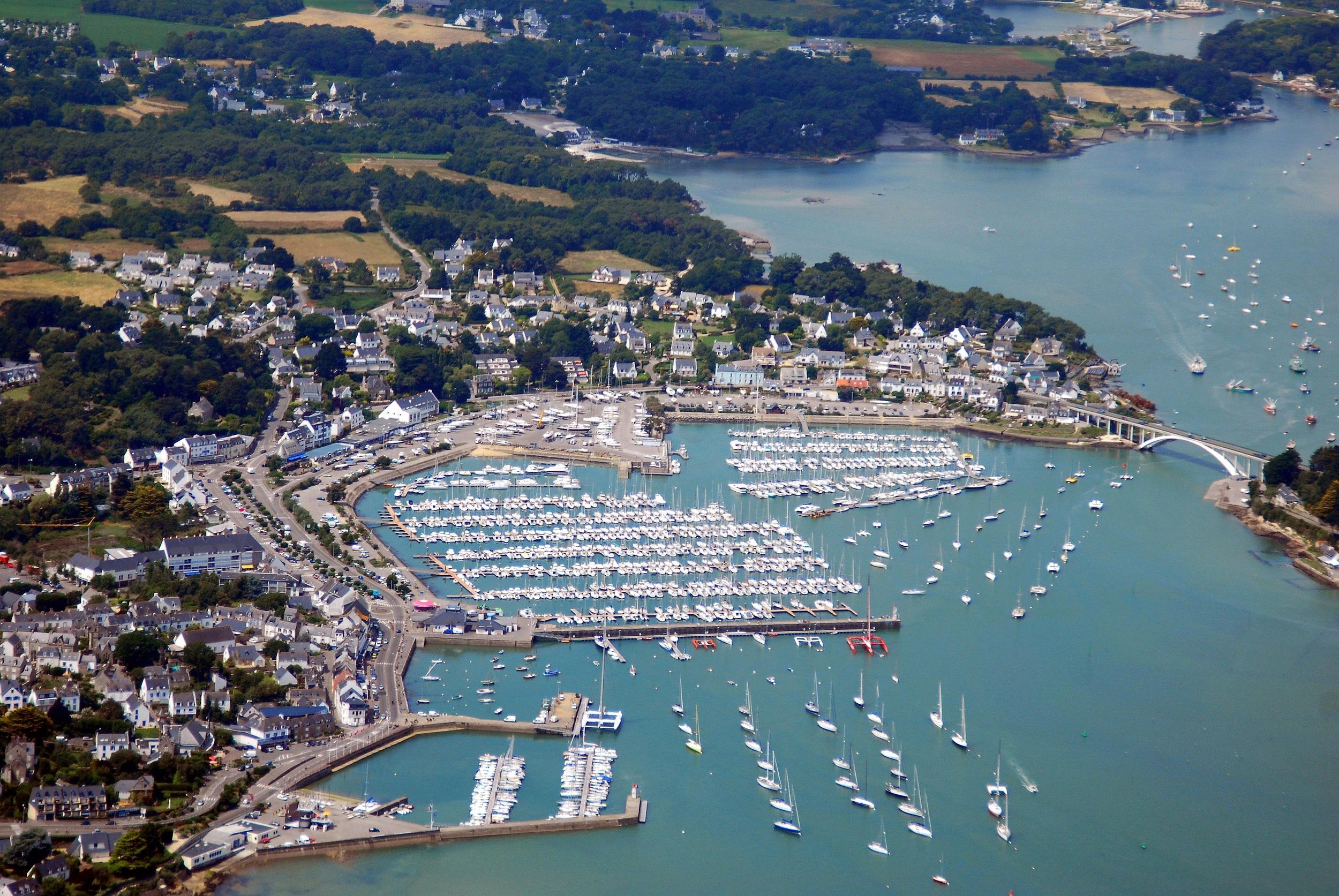
Port of La Trinité-sur-Mer
Sailors and skippers from all over the world are drawn to La Trinité-sur-Mer because of the marina. It is located on the right bank of the Crac'h River and is used by sleek racing yachts and larger boats to start a world tour. Above the harbor, high on a hill, is the Allée couverte Mané-Roullarde. This is an impressive, 18-meter-long gallery grave from the Neolithic period, discovered during excavations in the 19th century.
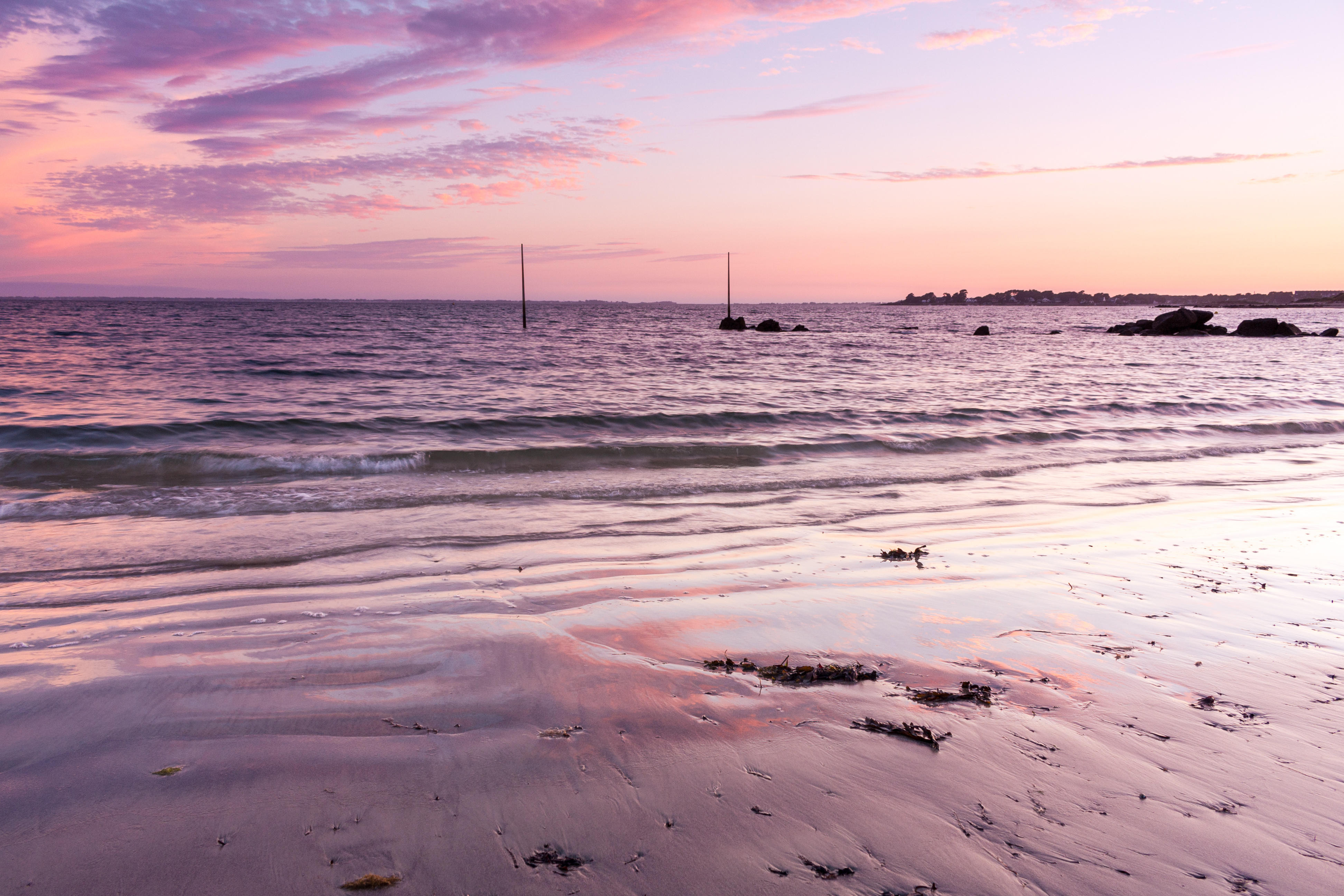
Kervillen Beach
In summer, there is a lifeguard at Plage de Kervillen in Brittany. The beach club Olympic Club Mickey offers loving childcare during the peak season. Here you can also rent pedal boats and kayaks and take swimming lessons. The beach of Kervillen directly borders the nature reserve of the same name. The coastal path leads into the oasis of tranquility shaped by salt marshes. After a walk, you can refresh yourself at a snack bar on the beach. There are also sanitary facilities.
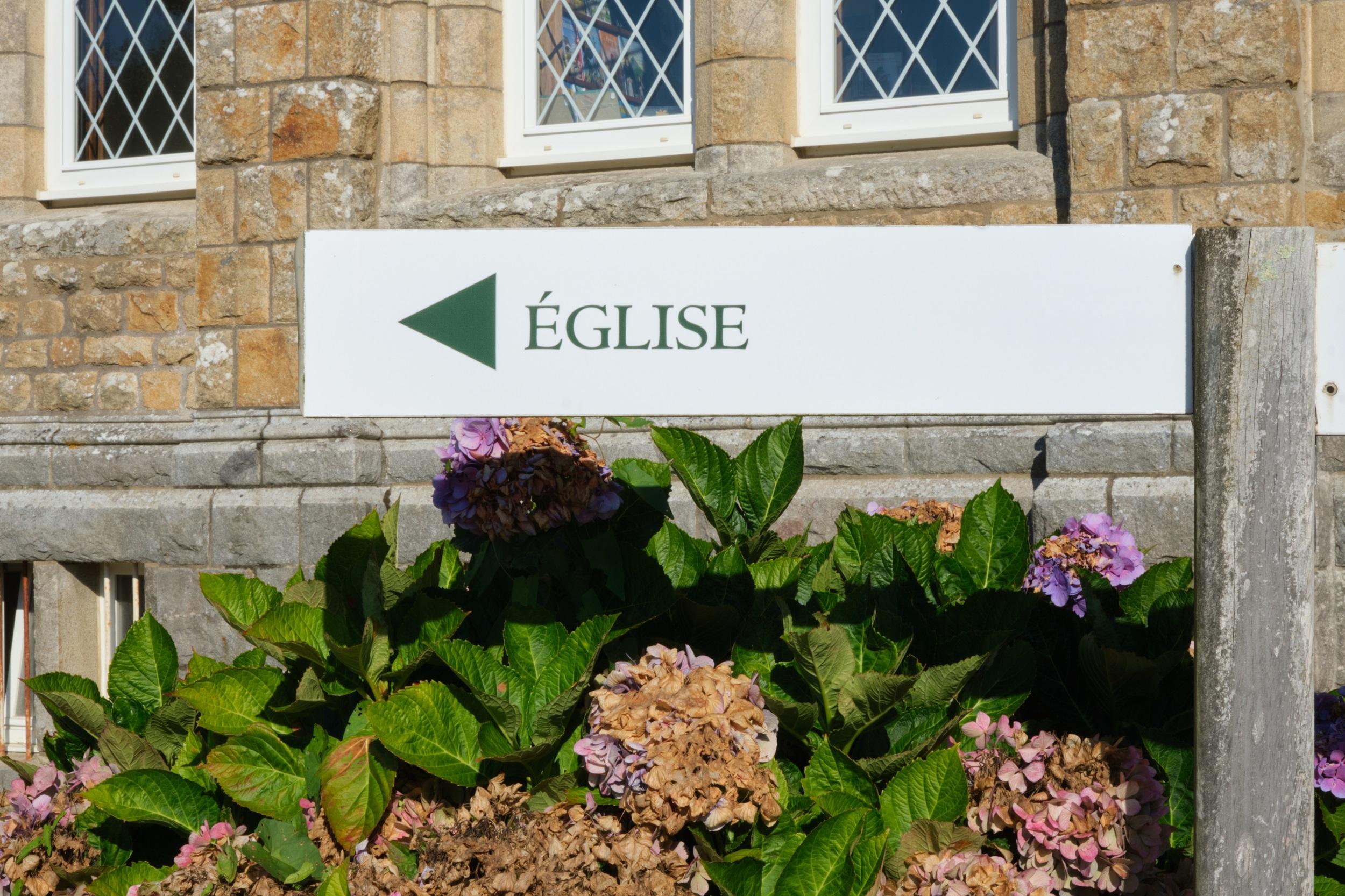
Church of La Trinité-sur-Mer
In the romantic center, characterized by a labyrinth of narrow alleys, lies the Church of Saint Joseph in Trinité-sur-Mer. A stone-built chapel once stood on the site, which was elevated to a church upon the town's founding in 1865. In 1891, the bell tower was raised by 10 meters to provide sailors with a point of orientation. Worth seeing is the altar piece, which dates back to 1682. It has been classified as a historical monument.
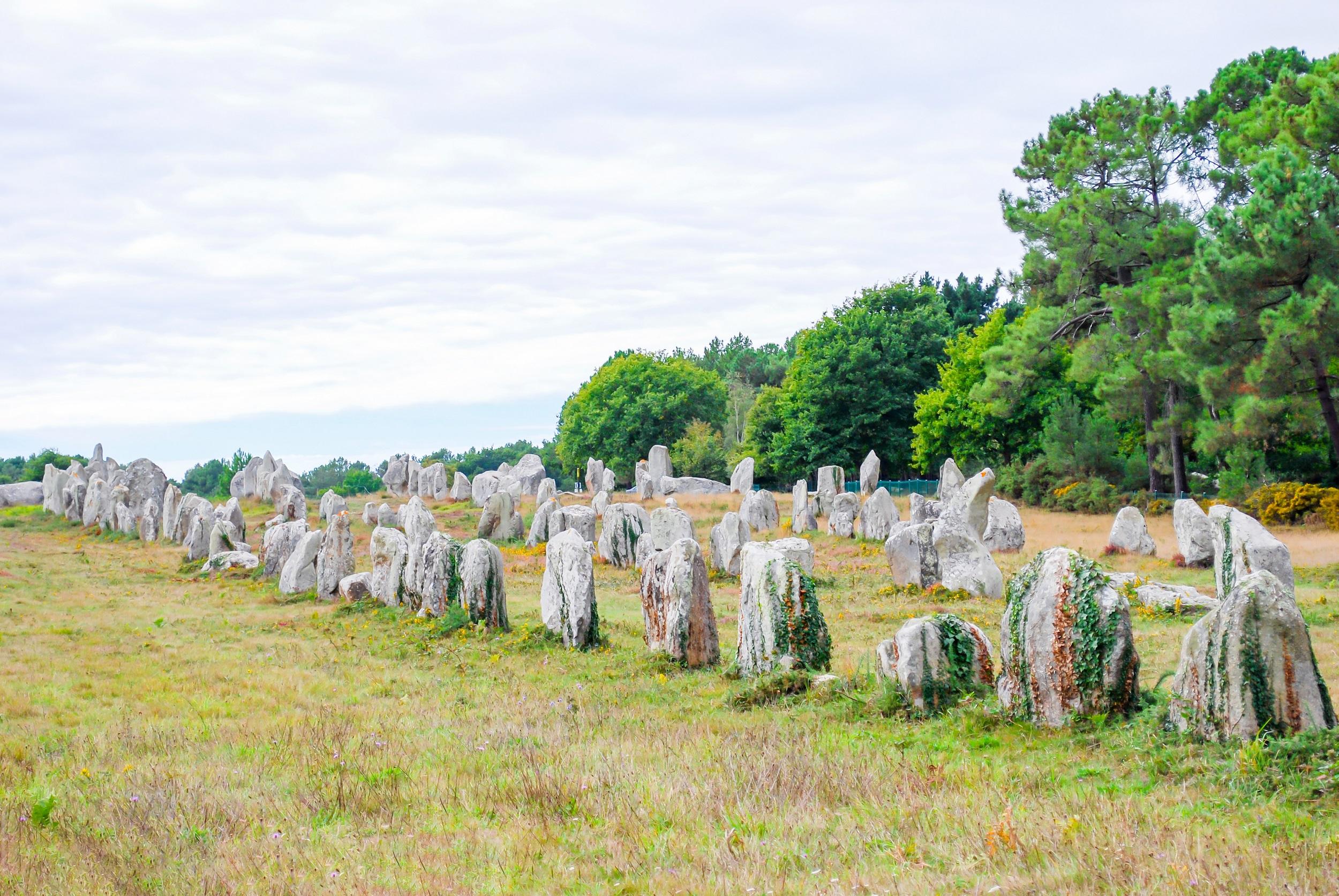
Carnac stone rows
The menhirs of Carnac stretch over a length of almost 4 km and comprise about 3,000 stones. Remarkably, they are arranged by size. To this day, researchers have not been able to unravel the mystery of the giant stones. Some consider the stone rows of Carnac to be a religious cult site, while others see them as a line of defense against supernatural dangers from the sea. From April to September, you can only visit the stone rows as part of a guided tour.
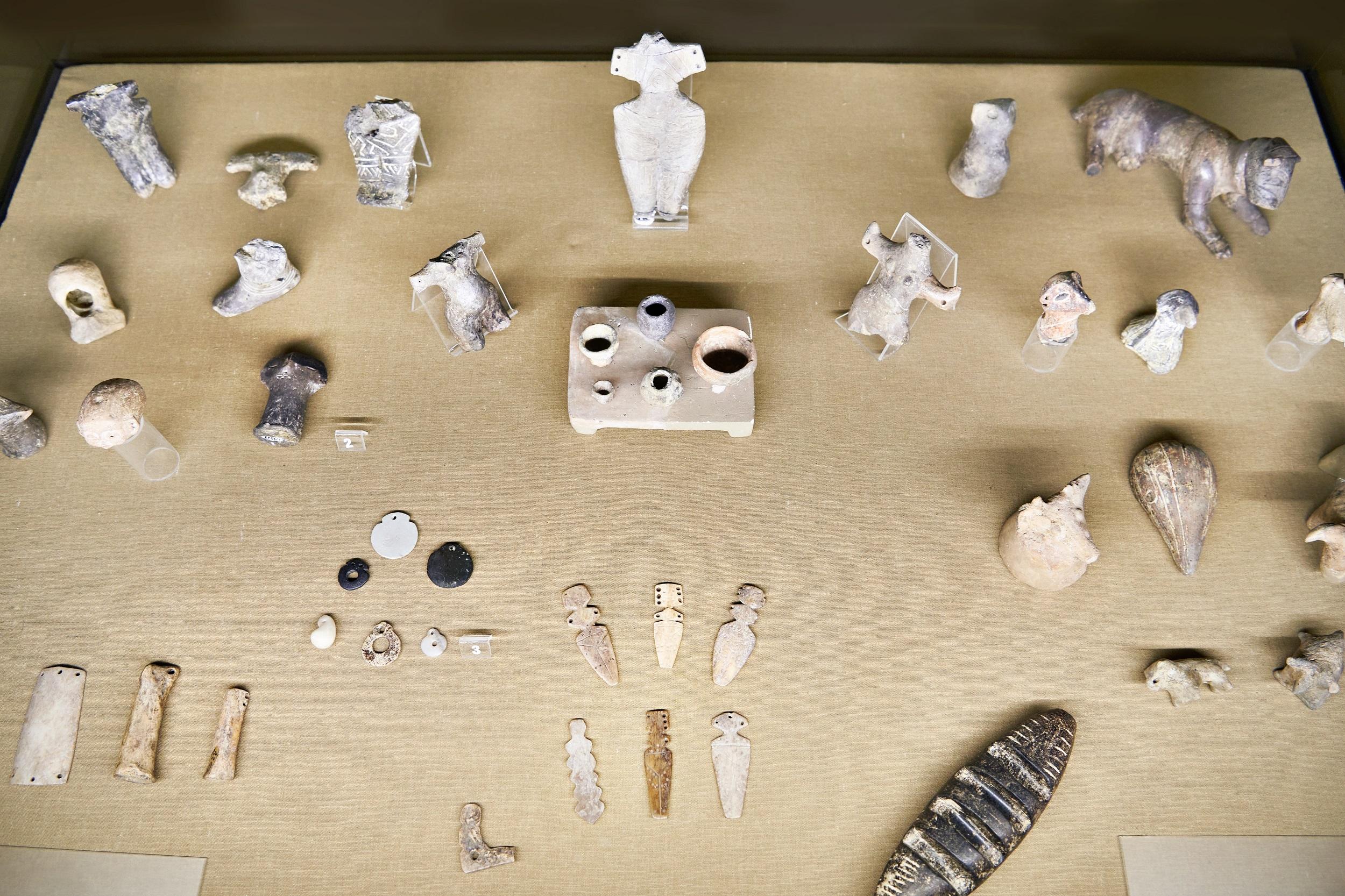
Museum of Prehistory
The municipality of Carnac in Brittany is primarily known for its gigantic stones, which were erected in the Neolithic period. The site is one of the most significant attractions in the region. Over the years, archaeologists have discovered new treasures. However, some of these also originate from later eras. In the museum of Carnac, you can admire tools made of stone and metal. The reconstructions of Gallic villages are also impressive. From the museum, you can reach the famous stone rows in a 15-minute walk.
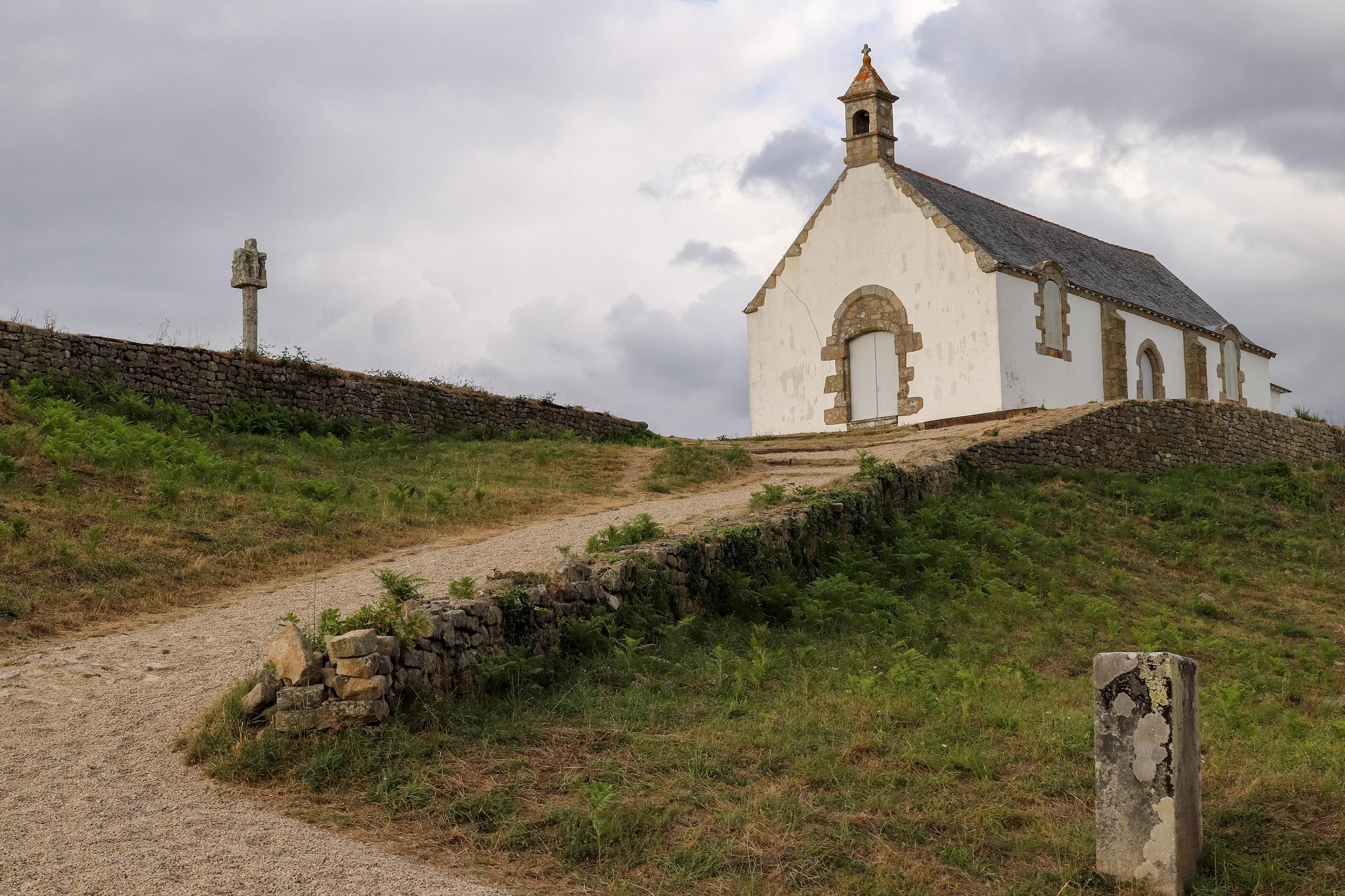
Saint-Michel Tumulus
The Tumulus Saint-Michel dates back to the Neolithic period and is part of the megalithic treasures of Carnac, which is known for its dolmens and menhirs, located not far from La Trinité-sur-Mer. The 12-meter-high mound once housed burial chambers and several stone cist graves. The burial mound, made of earth and stone, was created around 3800 to 3500 BC, but it was only discovered during excavations in the 19th century. Grave goods are exhibited in the archaeological museum of Carnac. The small chapel on the hill is also worth seeing.
La Trinité Sur Mer - Secret spots
Kervilhen Salt Marshes Landscape Protection Area
South of La Trinité-sur-Mer at the headland, the Marais Salants de Kervilhen nature reserve invites you to explore a diverse environment with a rich birdlife. In the rectangular basins, the sun evaporates seawater into salt. After the walk under mulberry trees to the beautiful beach, enjoy a swim in the sea.
Sanctuary of Our Lady of Laghet
This pilgrimage site is a refuge for peace and spirituality. It attracts pilgrims from all over the world and is known for its historic chapel and sacred atmosphere. Visitors find a peaceful environment here that invites reflection and inner contemplation. The picturesque location enhances the sense of mystery that surrounds this place.
Stuhan Island
An idyllic island characterized by unspoiled nature and quiet beaches. It is an ideal place for nature lovers and offers a rare opportunity to experience the beauty of Brittany in an undisturbed environment. The island is perfect for leisurely walks where one can discover the rich wildlife and plant life.
Men Du Beach
A hidden beach that captivates with its untouched atmosphere. It is an ideal place for anyone who wants to spend a relaxing day away from the busy tourist beaches. The fine sand and clear water invite you to linger. This beach is particularly popular with locals and offers a wonderful view of the surrounding coastal landscape.
La Trinité Sur Mer - In 3 days
Day 1
La Trinité-sur-Mer, between the Quiberon Peninsula and the Gulf of Morbihan, is one of the most beautiful holiday destinations in Brittany. A total of nine beaches with sports facilities await you. On your first day, discover the southern beaches of Kervillen and Men Du. In Kervillen, you should join a guided tour of the salt marshes and watch the salt extraction. At low tide, you can collect colorful shells on the beach. An absolute must is the marina of La Trinité, which is one of the most important yacht harbors in France. You have a wonderful view of the sleek boats from the Kerisper Bridge. In the afternoon, take a walk through the town center. Here you will find historical monuments such as the Trinity Church. In the small shop "Au bonheur du marin," you can get original souvenirs related to seafaring life. End the evening by strolling along the coastal promenade and admiring the sunset.
Day 2
The surroundings of La Trinité-sur-Mer are famous for their menhirs. Therefore, on the second day, you head to the neighboring community of Carnac. In this charming holiday resort, many of the mysterious stone rows, erected by human hands 6,500 years ago, stand. You can learn interesting facts about the megalithic sites at the Prehistoric Museum of Carnac. The approximately 3,000 menhirs of the stone rows are located just outside of Carnac and stretch over a length of almost 4 km. In about 20 minutes, you can reach the Tumulus St. Michel on foot. When excavation work began under the Church of St. Michel in the 19th century, one of the largest burial mounds in Europe was accidentally discovered, which today is one of Carnac's most popular attractions. Those who are active in sports will also get their money's worth in Carnac. The place is a center for flyboarding. Additionally, you can sail or kayak here. Your evening ends in a crêperie with the enjoyment of Breton delicacies.
Day 3
Northeast of La Trinité lies the small town of Auray, which you will visit on the third day. Its harbor and the adjoining district are named after Saint Goustan, the patron saint of fishermen and sailors. Stroll through the old town with its medieval alleys and stop by one of the charming cafés. Around the Place de la République, admire the quaint half-timbered houses that give Auray a special charm. Another worthwhile excursion destination in the vicinity of La Trinité is Ploemel, where you can enjoy the forest with a high ropes course and zip line with the whole family. Alternatively, a walk in the Mané Bogad Park is an option. In the afternoon, take a trip to the beautiful sandy beach of Kerhillio. By bike, you can reach the massive 18th-century fortress Penthièvre in about half an hour. It borders a vast beach.